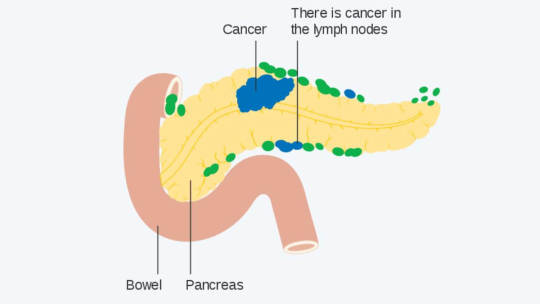#HDAC inhibitor
Text
Unveiling the Battle Against Pancreatic Cancer: HDAC Inhibitors in Focus 2023
Welcome to the fascinating realm of battling Pancreatic cancer, where scientific warriors are deploying innovative strategies against a formidable foe. In this journey, we delve into the promising domain of HDAC Inhibitors and their extraordinary potential in piercing through the fibrotic shield that often obstructs conventional treatments.
Understanding Pancreatic Cancer
Let’s begin our…

View On WordPress
#Cancer therapy#Cancer Treatment#clinical trials#Fibrotic barrier#Future of cancer care#HDAC Inhibitors#Healthcare insights#Innovative treatments#Medical advancements#Medical Breakthroughs#Molecular medicine#Oncology#Pancreatic cancer#Pancreatic cancer research#Patient stories
0 notes
Text
Multiple Myeloma: Advancements and Future Outlook in Treatment

Multiple Myeloma, the second most common form of blood cancer following non-Hodgkin lymphoma, is characterized by the proliferation of malignant plasma cells in the bone marrow. These abnormal cells outnumber healthy blood cells, severely compromising the body's ability to function and fight infections. Early diagnosis and appropriate treatment are critical to managing the disease. Multiple Myeloma presents in various forms, including symptomatic (active disease), asymptomatic (smoldering myeloma), solitary plasmacytoma, and rare plasma cell leukemia, each requiring tailored diagnostic and therapeutic strategies.
Rising Prevalence and Demographic Trends
The prevalence of Multiple Myeloma is rising, especially in the elderly population. The incidence rate is highest among older adults, with over half of the cases diagnosed in males. This demographic shift is influencing the Multiple Myeloma drug, with a greater focus on therapies suited to the aging population.
Current Treatment Options and Therapeutic Innovations
Historically, Multiple Myeloma treatment has centered around chemotherapy, corticosteroids, and stem cell transplantation. However, the treatment landscape has evolved with the introduction of new therapies such as Proteasome Inhibitors, Immunomodulating Agents, Histone Deacetylase (HDAC) Inhibitors, Monoclonal Antibodies, and groundbreaking CAR-T cell therapies.
Recent advancements include:
BLENREP (2020), an anti-BCMA immunoconjugate.
NINLARO (2015), the first oral proteasome inhibitor.
EMPLICITI (2015), which enhances immune response.
TECVAYLI (2022), a bispecific antibody redirecting T-cells.
DARZALEX (2015) and TALVEY (2023), targeting CD38 and refractory cases, respectively.
These therapies have extended survival rates and improved the quality of life for patients, making them dependent on continuous treatment.
Advances in Relapsed/Refractory Treatment
The treatment landscape for relapsed or refractory Multiple Myeloma is rapidly evolving, with FDA approvals of CAR-T therapies like ABECMA and CARVYKTI. Companies like Pfizer, Johnson & Johnson, and GSK are competing in this market, with their innovative therapies shaping the future of treatment. Despite challenges like the high cost of CAR-T therapies, ongoing improvements may enhance their accessibility.
Dominant Players and Market Trends
Bristol Myers Squibb (BMS) and Janssen (a subsidiary of Johnson & Johnson) dominate the Multiple Myeloma treatment market with their robust portfolios. Janssen's DARZALEX and TECVAYLI, along with BMS's CAR-T therapy ABECMA, are setting the standard in treatment innovation.
Moreover, the expiration of patents on drugs like REVLIMID has led to generic competition, but companies like BMS are focusing on new therapies such as CELMoDs (Iberdomide and Mezigdomide) to maintain their market presence.
Future Outlook
The Multiple Myeloma treatment market, valued at USD 21,300 million in 2023, is poised for significant growth through 2034. Factors such as rising incidence rates, adoption of newer treatments, and a strong pipeline of emerging therapies will drive this growth. Investment in research and development will be critical in introducing more effective treatments, particularly for a growing elderly population.
Conclusion
Multiple Myeloma treatment is undergoing a transformative period, with new therapies improving patient outcomes and expanding options for relapsed or refractory cases. As the market continues to grow, ongoing innovation and investment will be key to addressing the needs of patients and advancing treatment paradigms.
#Multiple myeloma#Multiple myeloma Market#Multiple myeloma Forecast#Multiple myeloma Companies#Multiple myeloma Drugs#Multiple myeloma Therapies#Multiple myeloma Epidemiology#Multiple myeloma Pipeline#Multiple myeloma Market Size#Multiple myeloma Market Trends
0 notes